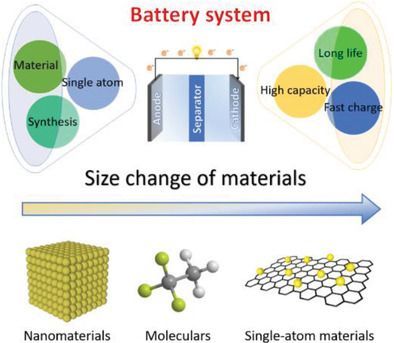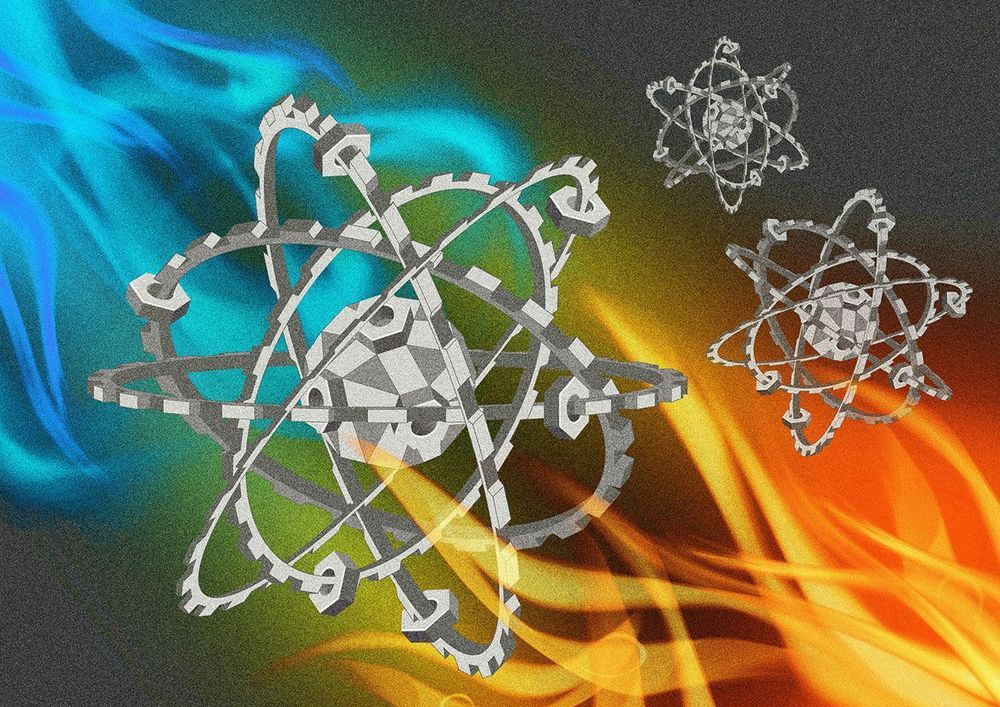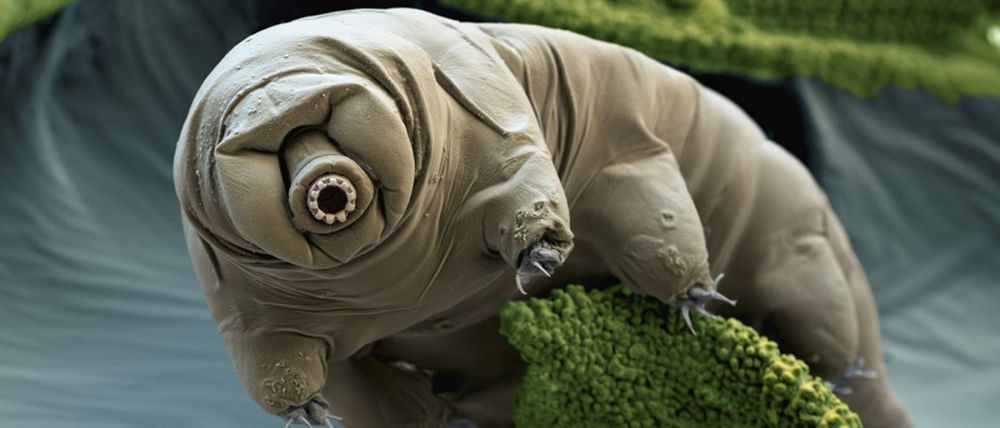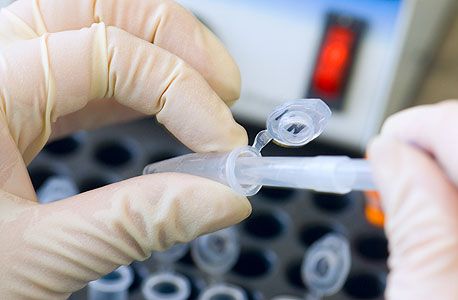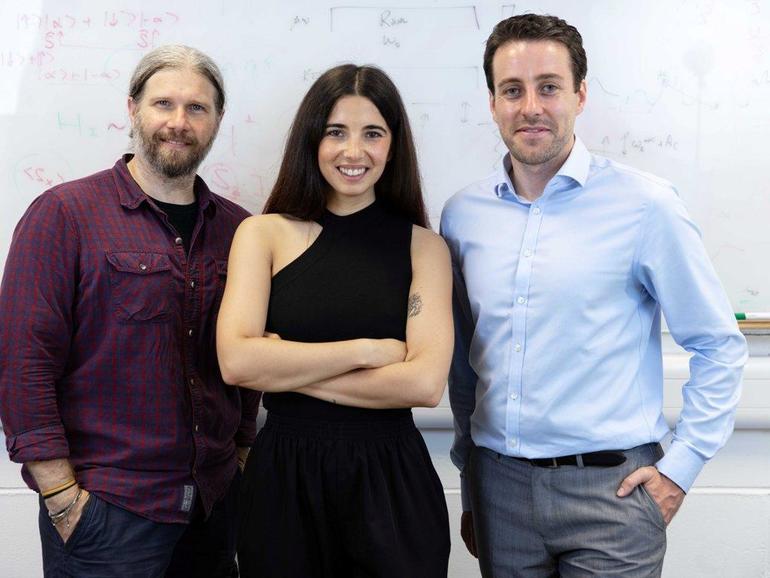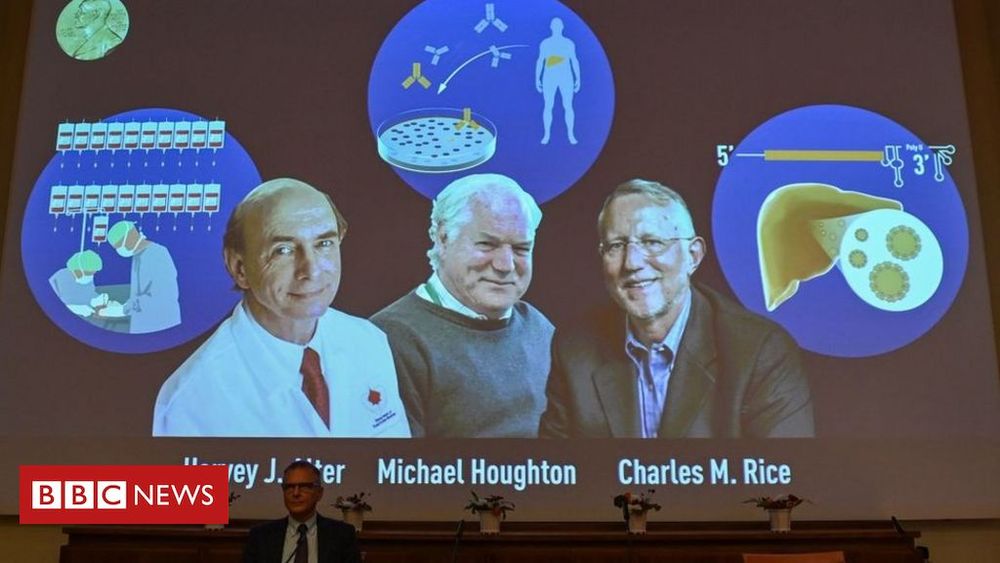Single‐atom catalytic materials with atomic sizes, good conductivity, and individual catalytic sites are designed for advanced battery systems, including lithium-sulfur batteries, zinc-air batteries,…
Scientists reported a single-atom energy-conversion quantum device operating as an engine, or a refrigerator, coupled to a quantum load.
Japanese researchers have discovered the secret to one of the tardigrade’s most impressive abilities. Tardigrades are immune to high levels of radiation and it’s all because of a protein. It turns out, human biology may be capable of developing it, too.
Microfluidic chips that simulate human tissue enable us to conduct medical experiments in ways that could not have been even imagined only a few years ago. Two leading Israeli researchers report from the turbulent Israeli front line of the global ‘organ-on-a-chip’ sector.
The U.S. #military, like many others around the world, is investing significant time and resources into expanding its electronic #warfare capabilities across the board, for offensive and defensive purposes, in the air, at sea, on land, and even in space. Now, advances in #machinelearning and #artificialintelligence mean that electronic warfare systems, no matter what their specific function, may all benefit from a new underlying concept known as advanced “Cognitive Electronic Warfare,” or #Cognitive EW. The main goal is to be able to increasingly automate and otherwise speed up critical processes, from analyzing electronic intelligence to developing new electronic warfare measures and countermeasures, potentially in real-time and across large swathes of networked platforms.
The holy grail of this concept is electronic warfare systems that can spot new or otherwise unexpected threats and immediately begin adapting to them.
SkyWatch Space Applications, the Canadian startup whose EarthCache platform helps software developers embed geospatial data and imagery in applications, announced a partnership Oct. 5 with Picterra, a Swiss startup with a self-service platform to help customers autonomously extract information from aerial and satellite imagery.
“One of the things that has been very difficult to achieve is this ability to easily and affordably access satellite data in a way that is fast but also in a way in which you can derive the insights you need for your particular business,” James Slifierz, SkyWatch CEO told SpaceNews. “What if you can merge both the accessibility of this data with an ease of developing and applying intelligence to the data so that any company in the world could have the tools to derive insights?”
SkyWatch’s EarthCache platform is designed to ease access to aerial and satellite imagery. However, SkyWatch doesn’t provide data analysis.
Picterra is not a data provider. Instead, the company helps customers build their own machine-learning algorithms to detect things like building footprints in imagery customers either upload or find in Picterra’s library of open-source imagery.
China is pushing ahead with developing a giant Low Earth Orbit (LEO) satellite constellation competing with SpaceX, Amazon and OneWeb, according to the Washington DC-based analyst Bhavya Lal and California State University’s Professor Larry Press.
Press, professor of information systems at the California State University, mentioned a recent Chinese spectrum filing in a blog of the CircleID website. China “has filed a spectrum application with the International Telecommunication Union for two constellations with the cryptic names GW-A59 and GW-2″ for a total of 12,992 satellites, Press said.
“We heard about an announcement of a constellation with nearly 13,000 satellites,” Bhavya Lal said in SpaceWatchGlobal’s Space Café webtalk last week. Lal is a senior space policy analyst at the IDA Science and Technology Policy Institute in Washington DC and was in the lead for IDA’s recently published report “Evaluation of China’s Commercial Space Sector”.
“Out of around 20 Chinese companies engaged in satellite communications, fewer than a half dozen have proposed constellations,” Lal summarized the report’s findings. “Many focus on narrowband communications, targeting markets such as the Internet of Things (IoT).” Companies considering satellite broadband at an early stage include LinkSure and Galaxy Space, Lal said, while state-owned enterprises such as CASIC and CASC “have the deeper pockets needed to more rapidly launch satellite constellations”.
Regarding the not state-owned enterprises (SOE’s) “we found that these broadband companies are all very early-stage, still in the R&D phase, and do not have much in the way of hardware to launch,” Lal said. “However, as in other areas, the Chinese are making fast progress. The best we can tell the current focus of most companies is domestic. But as the Chinese have done in other areas such as high-speed rail, it would be not a stretch of the imagination that once the bugs in the system are worked out domestically, the Chinese will begin to market services internationally.”
For many, getting older can unfortunately mean an increased risk of illness from cardiovascular disease to cancer. University of Michigan scientists are actively researching the biological underpinnings of aging with the aim of developing interventions that could potentially help people live longer, healthier lives.
A new paper in the journal Science Advances describes the discovery of several promising small molecules that appear to reduce cellular stress in mouse skin cells and could lengthen life.
“Cellular stress resistance appears to be a common feature of long-lived organisms, such as invertebrates and mice,” says the paper’s lead author David Lombard, M.D., Ph.D., associate professor of pathology. Lombard is part of a multidisciplinary group at U-M’s Paul F. Glenn Center for Aging. Recent research from colleague and fellow study author Richard Miller, M.D., Ph.D., found several promising drugs, including rapamycin, a cancer drug, and acarbose, a diabetes drug, that extended life in mice.
The virus is a major cause of liver cancer and can lead to people needing a liver transplant.
